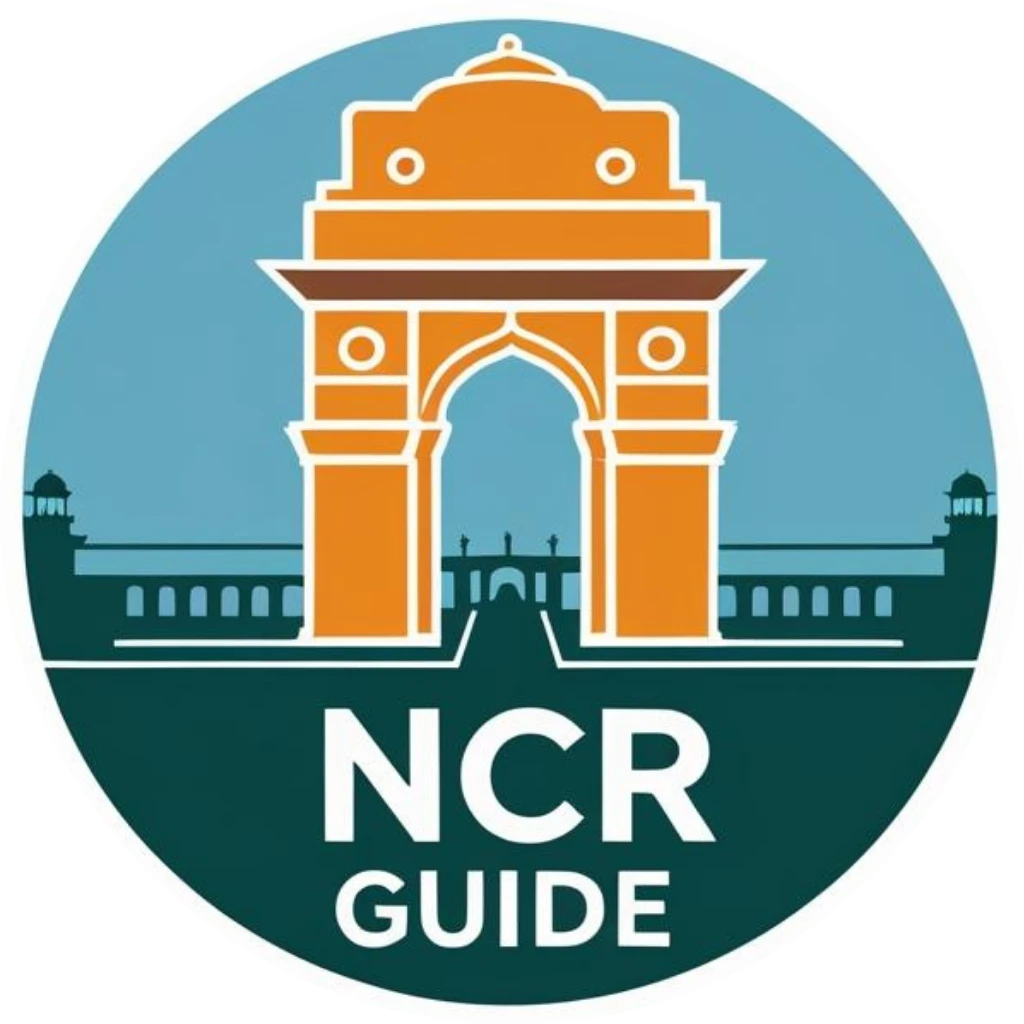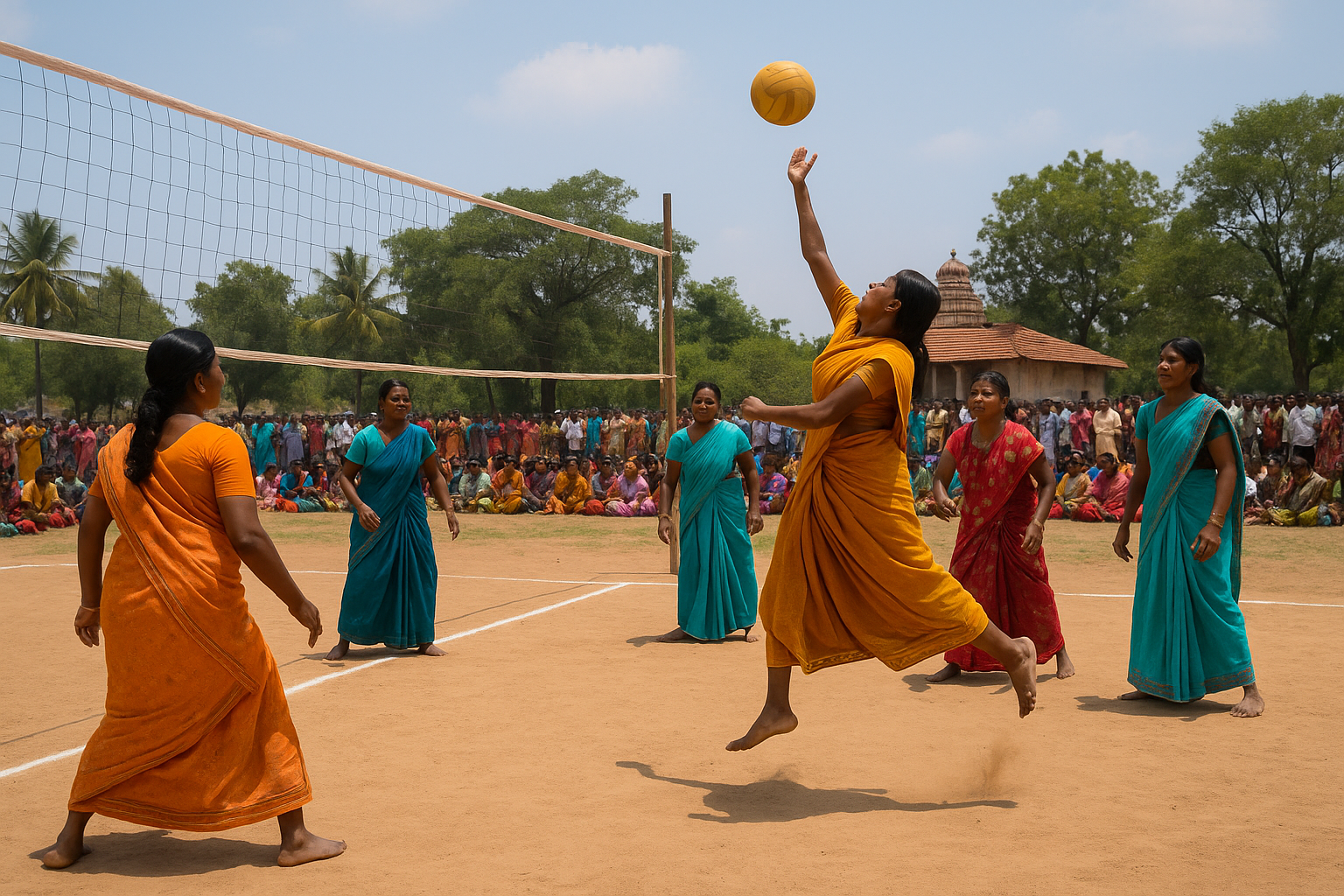A Celebration of Rural India Through Sport
Isha Gramotsavam 2025 is set to become the largest rural sports festival in India’s history, with over 50,000 villagers from seven states participating in a wide array of traditional and team-based sports. Organized by Isha Outreach, under the guidance of Sadhguru, the festival reflects a powerful movement to revive rural India’s cultural and physical vitality through sport. Launched in 2004, Gramotsavam has grown into a symbol of pride and participation for village communities who are otherwise left out of India’s urban-focused sporting ecosystem.
Who Can Participate and Why It Matters
This year, participants are drawn from over 35,000 villages, forming nearly 5,000 teams. The states represented include Tamil Nadu, Karnataka, Kerala, Andhra Pradesh, Telangana, Puducherry, and, for the first time, Odisha. Each team must be formed by members of the same panchayat, ensuring true grassroots representation. What makes Gramotsavam unique is that professional athletes are not allowed. Only rural residents—farmers, homemakers, fishermen, laborers, and students—are eligible. This framework preserves the authenticity of the competition and gives space for first-time athletes to shine.
“This is not just a sports festival—it’s a reclaiming of identity for villages that are usually forgotten,” says Ramesh V., a volunteer coordinator from Andhra Pradesh. “We’ve had women in their 60s take the court for the first time. They go back as heroes.”
Event Timeline and Competition Format
Registrations are free and open online from July 6 to August 9, 2025. The festival kicks off on August 10 with cluster-level matches in Mysuru. Successful teams will progress to divisional-level contests, followed by the finale in Coimbatore on September 21. The competition model encourages villages to prepare and practice months in advance, often turning dusty school grounds into makeshift training arenas. This format, spread over six weeks, allows thousands of rural participants to compete without disrupting their daily livelihood schedules.
What Sports and Games Are Played
The games blend organized team sports with traditional Indian village games that are often on the verge of being forgotten.
- Men’s competitions include volleyball and para-volleyball.
- Women compete primarily in throwball, which has seen a major surge in participation.
- Traditional rural games such as gilli danda, tyre races, hopscotch, and seven stones (lagori) are revived at cluster levels and community exhibitions.
Last year, over 10,000 women participated, many of whom had never played a competitive game before. One participant, 52-year-old Lakshmi from Madurai district, shared: “I didn’t even know I could serve the ball. Now my daughter and I practice every evening with the village team.”
Prize Money and Recognition
The total prize pool for Isha Gramotsavam 2025 is ₹67 lakh, with ₹5 lakh awarded each to the top men’s and women’s teams. Additional prizes go to divisional and cluster winners. But beyond cash awards, the biggest reward for many is the community pride and visibility they earn. Winners are celebrated by entire panchayats with local processions, cultural events, and media coverage.
“Our village had never been in the news before,” said Vinod S., captain of a throwball team from Telangana who reached the divisional level in 2024. “When we returned home, the schoolgirls had made banners with our names on them.”
Rural Sports as Social Transformation
Gramotsavam is not just about play—it’s about social change through sport. One of its most transformative aspects is the participation of rural women and elders, who often face social and cultural barriers to physical activity. In the 2024 edition, 220 participants over the age of 50 competed—an unheard-of number in rural Indian sports. The games serve as a neutral, festive space where gender and age boundaries begin to blur, and entire communities rally behind their athletes.
Sports scientist and rural health expert Dr. Kavitha Sundar notes, “Events like Gramotsavam are quietly rewriting norms. Women who play gain not just mobility but decision-making confidence in their homes and villages.”
Health, Community, and Cultural Revival
Physical exercise has historically been embedded in rural Indian life, but with mechanization, screen time, and urban migration, this culture is eroding. Gramotsavam acts as a catalyst to reintroduce daily movement, preventive health, and collective celebration into village life. Teams often start training months in advance, and villagers—especially schoolchildren—become active spectators, cheerleaders, and even future participants.
Beyond health, the festival revives cultural memory. Many children today are unfamiliar with games like gilli danda or seven stones—games that once defined childhood in Indian villages. With Gramotsavam, these games are not only played, but recorded, taught, and passed down again.
A Nationally Recognized Initiative
In 2018, Isha Gramotsavam received the Rashtriya Khel Protsahan Puraskar, India’s highest recognition for grassroots sports promotion. Over the years, the festival has evolved from a regional experiment into a model for rural sporting culture, now studied by NGOs and rural development agencies across India. It remains fully volunteer-driven, with on-ground support from thousands of coordinators, local officials, and Isha Foundation members.
How to Register for Isha Gramotsavam 2025
- Registration Period: July 6 to August 9, 2025
- Entry Fee: None
- Eligibility: Rural residents from the same panchayat; no professional athletes allowed
- How to Register: Visit consciousplanet.org/gramotsavam
Villages are encouraged to form teams early and start practicing. Local Isha volunteers provide guidance on eligibility, training, and fixtures.
Looking Ahead to the 2025 Grand Finale
The final event on September 21 in Coimbatore is expected to draw thousands of spectators, media coverage, and cultural performances. While only the top teams will reach this stage, the journey itself—across mud courts, handmade nets, and unmarked fields—is a victory for every team. Gramotsavam 2025 is not merely about who wins gold; it is about every village that finds its voice, every elder who returns to play, and every girl who picks up a ball for the first time.
FAQs for Isha Gramotsavam 2025
What is Isha Gramotsavam?
Isha Gramotsavam is India’s largest rural sports festival organized by Isha Outreach to promote traditional sports, community health, and cultural pride in villages across southern India.
Who can participate in Isha Gramotsavam 2025?
Only rural residents from the same village panchayat can participate. Professional athletes are not allowed. Teams typically include farmers, homemakers, students, and laborers.
Which states are participating in 2025?
Participants come from Tamil Nadu, Karnataka, Kerala, Andhra Pradesh, Telangana, Puducherry, and Odisha (newly added in 2025).
What is the last date to register for Isha Gramotsavam 2025?
The registration deadline is August 9, 2025. Registrations are free and can be completed online.
What sports and games are played in Isha Gramotsavam?
Men’s volleyball, women’s throwball, para-volleyball, and traditional games like gilli danda, tyre racing, hopscotch, and seven stones are played.
Where will the final match of Isha Gramotsavam 2025 be held?
The grand finale will take place on September 21, 2025, in Coimbatore, Tamil Nadu.
How much prize money is awarded?
The total prize pool is ₹67 lakh. The top men’s and women’s teams each receive ₹5 lakh, with additional awards for cluster and divisional winners.
How do teams register for the event?
Teams can register online through the official website: consciousplanet.org/gramotsavam. Local volunteers also assist with the process.

